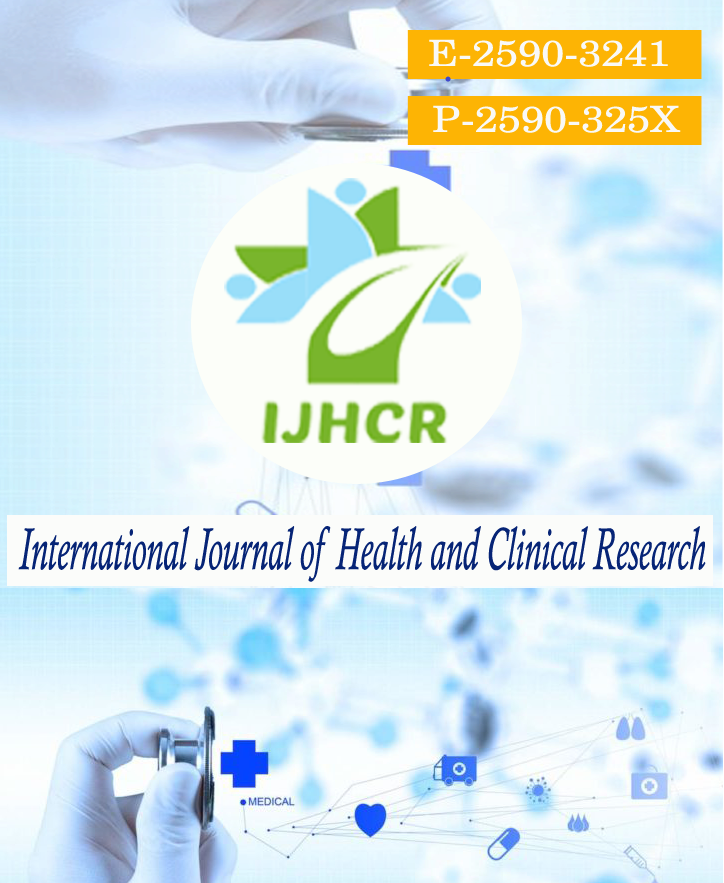Serum electrolytes, Acid–base balance and need for non-invasive ventilation in patients with hypercapnic acute exacerbation of chronic obstructive pulmonary disease
Keywords:
Acid–base balance, Hypercapnia, NIV, COPD.Abstract
Background: Non-invasive ventilation (NIV) is used to treat acute hypercapnic respiratory failure (AHRF) in patients with chronic obstructive pulmonary disease (COPD). In these patient acid–base and electrolyte balance are closely related. Aim of the present study was to evaluate acid–base and electrolyte alterations in these subjects and the effect of non-invasive ventilation. Material and Method:We analyzed 74 patients admitted to the Department of Pulmonary Medicine, Govt. Medical Collegeand Hospital, Nizamabadfor hypercapnic AECOPD. On admission, all patients underwent history taking, full examination, and arterial blood gas analysis and received oxygen with nasal cannulae or a venturi mask to preserve normal oxygen saturation, as well as received pharmacological treatment. NIV was started when patients had severe dyspnea, increased work of breathing, and respiratory acidosis despite optimum management. Results:Based on arterial blood gas finding, we categorized our patients into three main groups: the first group comprised 44 (59.4%) patients who had compensated respiratory acidosis, and the majority of them (35 patients) received medical treatment only. The second group comprised 17 (22.97%) patients, who had mixed respiratory acidosis and metabolic alkalosis. Overall, 13 patients needed non-invasive mechanical ventilation with the medical treatment. The third group comprised 13 (17.5%) who had combined respiratory and metabolic acidosis. Of them, 11 patients needed non-invasive mechanical ventilation with the medical treatment. Conclusion: Our study shows that in hypercapnic respiratory acidosis due to AECOPD, differently from previous studies, the metabolic alkalosis is not a negative prognostic factor neither determines greater NIV support need, whereas the metabolic acidosis in addition to respiratory acidosis is an unfavourable element, since it determines an increased need of NIV and invasive mechanical ventilation support.






 All articles published in International Journal of Health and Clinical Research are licensed under a
All articles published in International Journal of Health and Clinical Research are licensed under a 